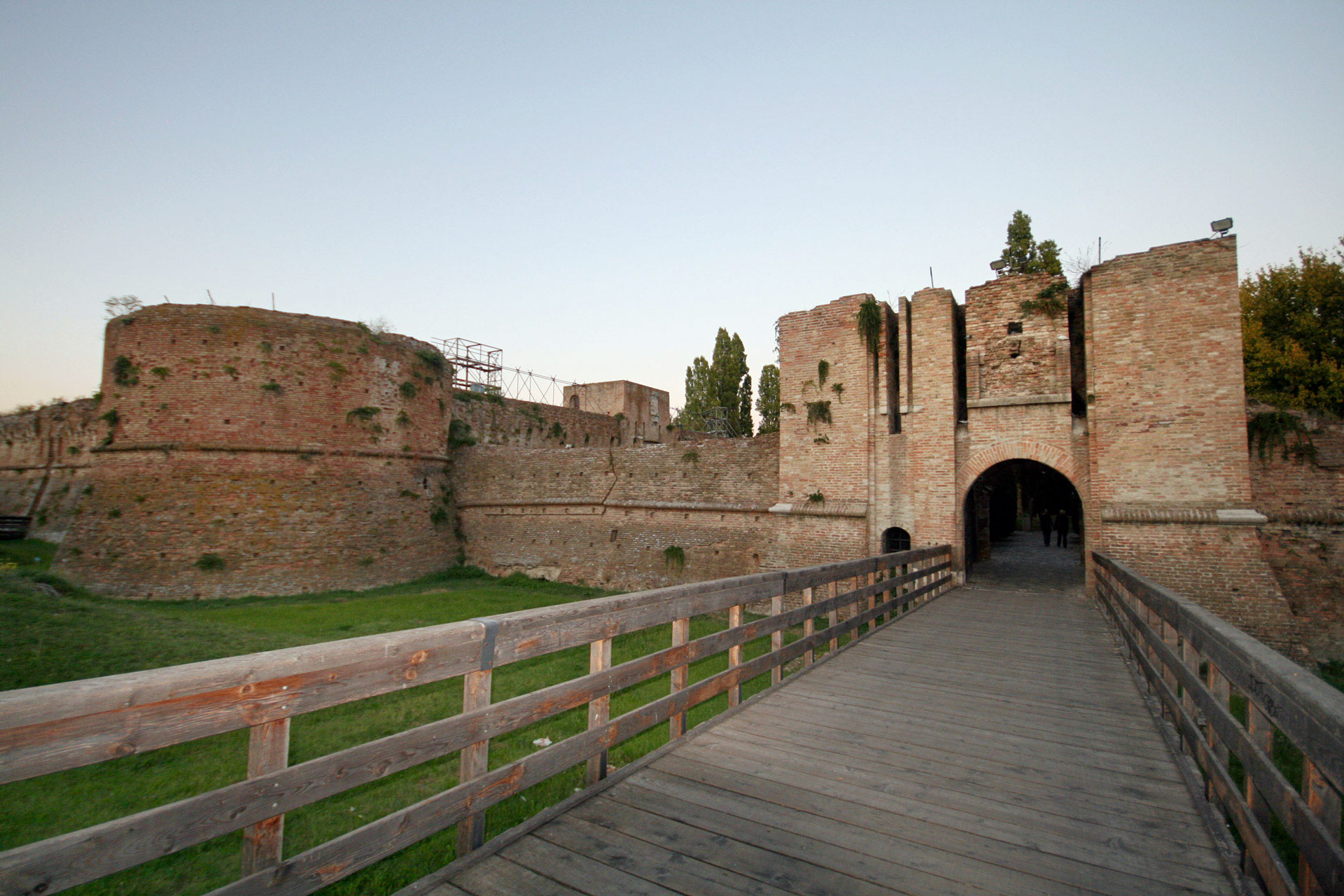© Silvia Lelli
Orchestra Giovanile Luigi Cherubini
Riccardo Muti conductor
Tamás Varga cello
Antonín Dvořák
Cello Concerto no. 2 in B minor, Op. 104
Symphony no. 9 in E minor, Op. 95 “From the New World”
An American story of social integration lies behind the two symphonic masterpieces by Antonín Dvořák. In 1892, the Bohemian composer was invited by maecenas Jeannette Thurber to direct the New York Conservatory, one of the first schools to admit women and Afro-Americans. This far-sighted patron of the arts considered it essential for the newly established music school to be run by a leading European musician. Dvořák hesitated at length but was finally persuaded to accept the generous offer of $15,000 a year, as long as he could return home in the summer. Under his direction, the Conservatory developed into a pioneering and meritocratic model. Its students included the future Afro-American composer Harry Burleigh, who introduced Dvořák to the endless spiritual repertoire and music of the natives. Uniting the two popular heritages – the Bohemian and the American – paved the way for the creation of Symphony No. 9, the “New World Symphony”, which debuted with huge success at Carnegie Hall in 1893. His career was marked by another outstanding experience a year later. After listening to the Second Cello Concerto by Victor Herbert (his colleague at the Conservatory and first cello in the debut of the “New World Symphony”), Dvořák decided to follow the same path, mindful of a first youth Concerto written in 1865 but never completed. Within a few weeks, the Concerto in B minor was born. And even today, this is the most widely performed and best-loved cello concerto in the world.



